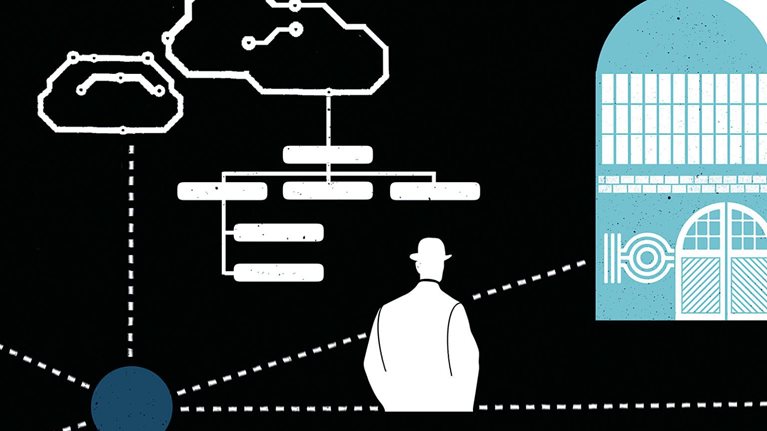Does higher productivity destroy jobs? Sometimes, but only in the very short term, considering US economic performance over the past 80 years. In fact, every ten-year rolling period but one since 1929 has seen increases in both US productivity and employment. Even on a rolling annual basis, 69 percent of periods have delivered both productivity and jobs growth (Exhibit 1). Over the long term, apparently, it’s a fallacy to suggest that there’s a trade-off between unemployment and productivity. These are among the key findings of the latest report from the McKinsey Global Institute, Growth and renewal in the United States: Retooling America’s economic engine.
We are optimistic about productivity because it isn’t only about efficiency; it is no less about expanding output through innovations that improve the performance, quality, or value of goods and services. What’s more, even productivity solely from efficiency gains can, in the aggregate, lead to higher employment if the cost savings are put back to work elsewhere in the economy. Companies can pass on those savings to their customers in the form of lower prices, leaving households and businesses with more money to spend elsewhere. They can also reinvest savings from more efficient operations in new job-creating activities.
Yet it’s easy to understand concerns based on recent US employment and productivity performance. The largest productivity gains since 2000 came from sectors that have seen substantial employment reductions. Computers and related electronics, the rest of manufacturing, and information sectors contributed around half of overall productivity growth since the turn of the century and reduced employment by almost 4.5 million jobs. More than 85 percent of them were lost even before the recession’s onset. The sectors that added the most employment during this period tended to be those with lower productivity—notably the health sector.
The trade-off between aggregate unemployment and productivity levels is a short-term phenomenon.

During the 1990s, on the other hand, strong demand and a shift to products with a higher value per unit helped ensure that sector employment expanded as productivity was growing.1 To put it another way, the underlying sources of productivity were balanced between efficiency gains (reducing inputs for a given level of output) and an increase in the volume and value of outputs for any given level of inputs. All this ignited a virtuous cycle of growth. Two sectors—large-employment retail and very-high-productivity semiconductors and electronics—collectively contributed 35 percent to that period’s acceleration in productivity growth. This achievement helped the private sector boost its productivity growth from 1 percent in 1985–95 to 2.4 percent in 1995–99, while these two sectors added more than two million new jobs.
A return to a 1990s-style combination of broad-based productivity and employment growth is what the United States now needs to restore historical levels of economic expansion. If GDP growth is to regain the pace of the past two decades, productivity growth must accelerate by 34 percent, to 2.3 percent annually.
Corporate-level actions can power three-quarters of those gains, without any change to the current regulatory environment (Exhibit 2). The sprawling US health care sector, for example, has only begun to implement the lean-management principles that have revolutionized manufacturing. Today, nurses still spend less than 40 percent of their time with patients and the rest on paperwork. Even sectors such as retailing, where US businesses have had a strong productivity record, could do more. One way would be to take lean practices from the stockroom to the storefront through simple changes such as adjusting employee shifts to suit changing levels of customer traffic.
The United States has opportunities to regain historical levels of GDP growth-or better-that will require coordination among a number of agents.

Businesses can also boost productivity by thinking innovatively about goods and services they provide to their customers—and how they provide them. An office supply company, for example, could offer comprehensive, value-adding procurement services. Innovations such as radio-frequency identification (RFID) tags, currently gaining steam in retailing, could improve supply chain productivity across a wide array of industries. Retail banks and payment companies can find new ways to serve the nearly one-quarter of Americans who are unbanked or underbanked.
The private sector can’t solve the productivity and growth challenge alone; targeted government policy changes are also critical. The federal government, with support from business, should act on economy-wide barriers that today limit growth. Policy makers should realign incentives in public and regulated sectors to expand services and should invest more resources in improving the US skill base and infrastructure. Easing restrictions that keep older Americans out of the workforce and refining immigration rules could help reduce the growth drag that aging populations naturally impose. Such actions will take political resolve. Perhaps a clearer recognition that productivity is a job generator rather than a job killer can help build it.
